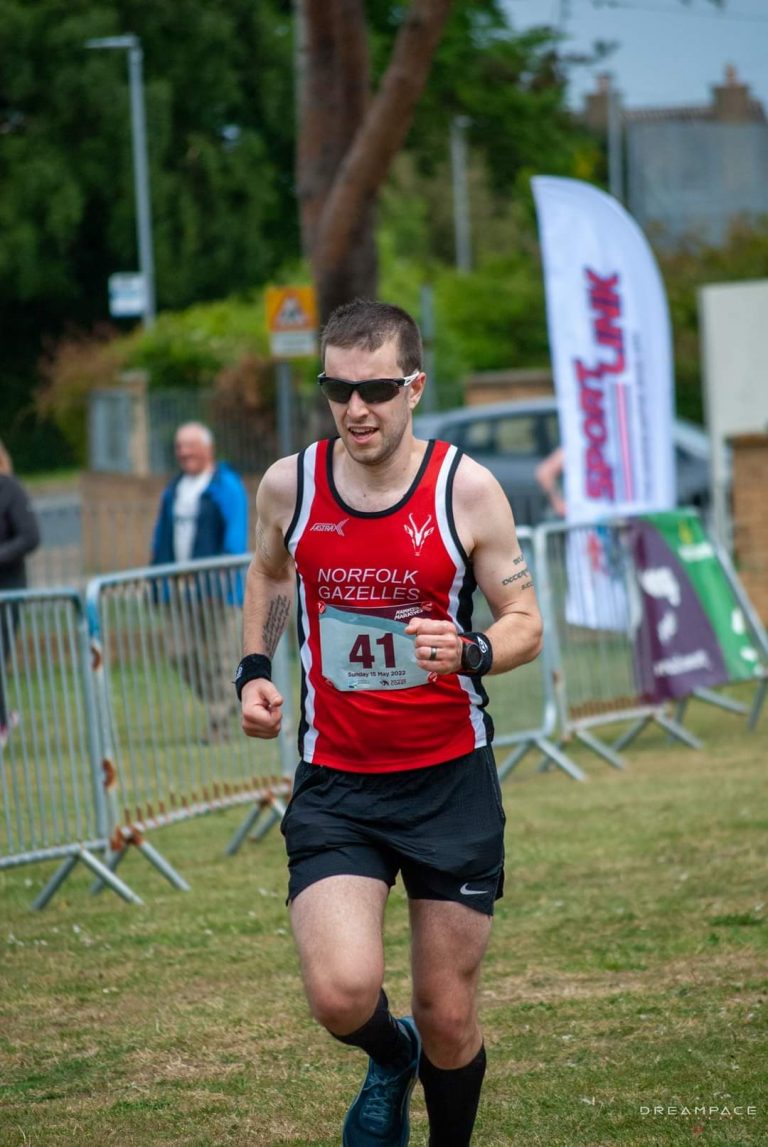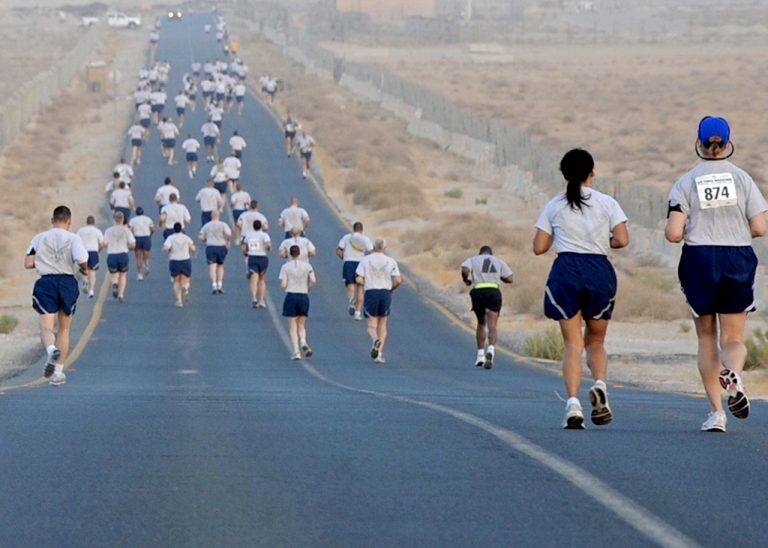What should you do between Spring and Autumn marathons?
Training for a marathon is a big task, and many people choose to capitalise on their hard graft by running a Spring and Autumn marathon in the same year. The question is though, what do you do in between if you want to run a faster time?
Personal Best Target
Let’s assume from here that you’re looking to run a personal best in the second marathon, or at least improve between the two races. This is the main task list to get started, which I’d work on during a 1-2 week recovery period after the first marathon. It’ll be good reflection time, and build on your success or allow you to calmly reflect on where you missed the mark.
- Analyse your last race, checking for areas of improvement e.g. fuelling enough, pacing, hydration, weather conditions, a very good/off day.
- Look back on your training logs, calculating total mileage in the final 12-16 weeks of training, length and style of taper used, what you feel went well, what you feel could be better/different.
- Set a realistic marathon time goal based on your training and race analysis, then break this down to times and paces for 10k, half marathon and the marathon. This will aid your training quality by allowing you to run at the appropriate speeds.
Plan
Set a start date for your taper that’s 2-3 weeks out from the race, then look at what you need to achieve by the time this date arrives. For example, this could be running the required time in a half marathon 4-weeks out from your marathon, or my preferred test, 20 miles at target race pace.
Once you know your end of training target, you can begin to plan from your current pace and times to establish the first weeks of training, which you’ll have a good idea of based on your first marathon of the year. The middle weeks will all depend on how long you have to train.
Time between races
If you were to run Liverpool then Berlin, you’d have just 17 weeks typically, meaning by the time you’ve had recovery from marathon number one, you’d have only 15 weeks left. The gap between London and Berlin however, would give you 22 weeks in total.
If you were close to your current goal in the first marathon and have easy tactical or nutritional areas for improvement, then you could go into 12-16 weeks of marathon training, perhaps focusing on more weeks of long runs, starting at 14 miles straight away, since there’s a correlation between more long runs and faster times.
Let’s assume you’ve perfected everything else, and it’s just a case of getting faster through effort.
With 22 weeks total, and 20 weeks after a couple of easy recovery weeks, you can put in 6-8 weeks of work on something like 10k or 10 mile pace sessions before a marathon block of 12-14 weeks. Check back to the time predictions from step 3 of the action plan above to see what you theoretically need to be able to run each distance in to know which to focus on.
Essentially it comes down to planning your time (recovery, 1-2 training blocks and taper), analysing what you need to achieve (tactics, nutrition, faster paces and race times) then putting in the hard work.
Written by Kyle Brooks, Running Coach based in Norwich, Norfolk






